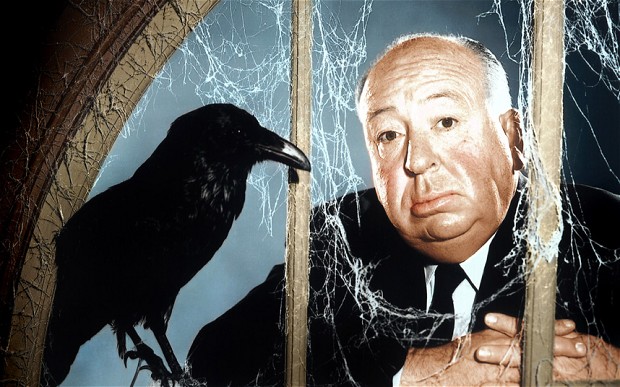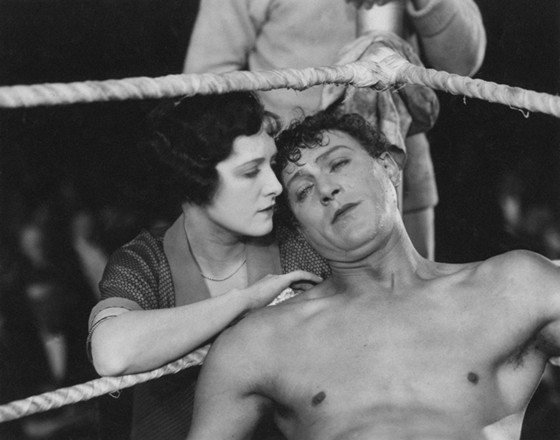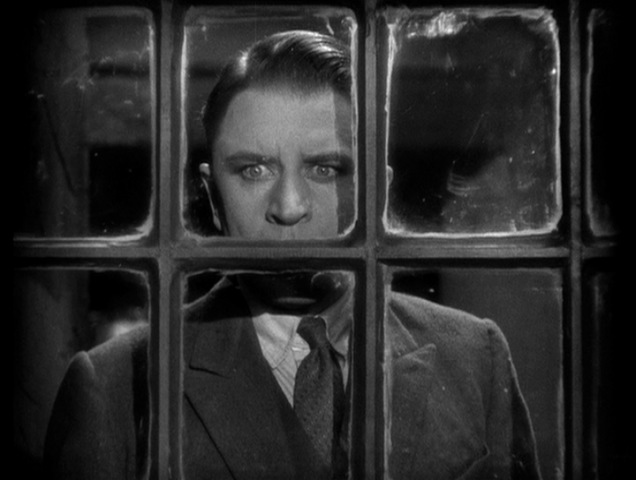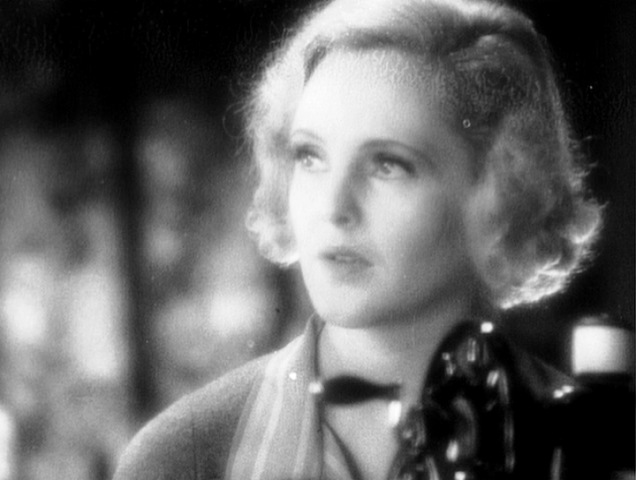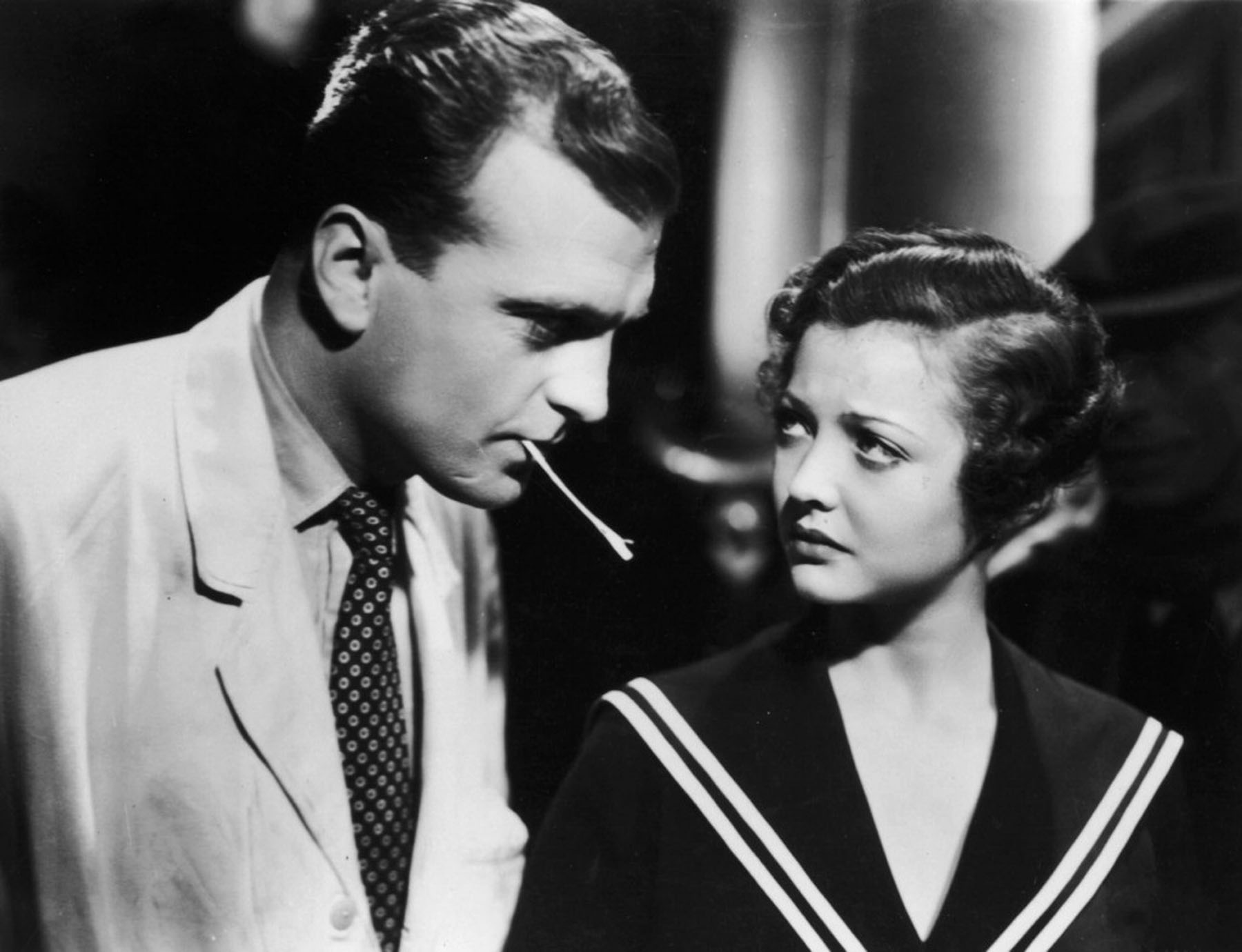Alfred Hitchcock made 53 films, some of them among the most acclaimed films in the history of cinema. But Hitchcock had occasional misfires, films that either did not connect with audiences or for some other reason have been little seen since their initial release. Although not all of Hitchcock’s films are equal, virtually every film that the director made have elements in them that are of value which, thus, make them worth seeing.
Here are 10 lesser known films directed by Alfred Hitchcock that you may never have seen, but should take the opportunity to see if you get the chance. 6 of the 10 films are from Hitchcock’s early British period, while 4 are from his better known American period (none released after 1953, however, when Hitchcock’s ‘mature’ American period began). For the purposes of this list, I have ordered the films chronologically.
1. The Ring (1927)
After he had made three films, none of which had been released, Hitchcock’s third film, The Lodger, was almost permanently shelved when powerful film distributor C.M. Woolf found the film’s ambitious visual style disconcerting and persuaded the studio that English audiences would reject the film; with the help of a young editor named Ivor Montagu, Hitchcock reshot some scenes and re-edited the film with new title cards.
The movie was released in early 1927 to enormous success and acclaim and Hitchcock’s career, which had almost been stalled before it began, was on its way. This alone should probably have warned people not to pre-judge Hitchcock’s films too much. The Ring is Hitchcock’s fifth film and the only film he made based on an original screenplay; Hitchcock is also the only credited writer on the film.
As in many of Hitchcock’s silent films, and even his sound films through the 1940’s, the central dramatic concern of the picture is a love triangle between two men and a woman. In this case, Mabel, the lover of a fairground boxer, ‘One-Round’ Jack, falls for a professional boxer, Bob Corby who is also trying to help Jack’s career. The film’s title thus becomes a double entendre, referring both to a boxing ring and a piece of jewelry that Bob gives to Mabel which becomes a symbol of his growing feelings for her. Like many of Hitchcock’s silent films,
The Ring is a melodrama, not a suspense film, and it reveals that even at an early age the director was capable of handling films featuring complex character development. Like all of Hitchcock’s silent films, The Ring has recently been restored by the British Film Institute and was shown last year at various locations across the country.
2. The Manxman (1929)
The Manxman is Hitchcock’s last silent films and one of his most mature early works. Again featuring a love triangle, The Manxman is the story of two men, Pete and Phillip, who grow up in a fishing village in Cornwall with Kate (Anny Ondra, a German actress who will appear next in Hitchcock’s Blackmail).
Pete is in love with Kate and when he goes off to make his fortune, he asks Phillip to look after her, with predictable results…the two fall in love. Phillip and Kate think they are free to become lovers as they heard that Pete has died, but when Pete returns suddenly he asks Kate to marry him, which the guilt stricken women does reluctantly despite the fact that she is pregnant with Phillip’s child.
As you can tell by this plot summary, The Manxman is a melodrama with adult themes that has the makings of a soap opera, yet it is actually a work of considerable depth and maturity, showcasing a young director becoming more self assured at visual story telling.
Hitchcock began his next film, Blackmail, as a silent, and again used German actress Anny Ondra in the lead, but after production began the switch to sound occurred and the film became England (and Hitchcock’s) first “talkie”. Unfortunately, Ondra did not speak much English and, unable to sync sound in post-production, Hitchcock had British actress Joan Barry stand off camera and speak Ondra’s lines into a microphone while the German actress mouthed them on camera.
3. Murder! (1930)
Hitchcock’s period directing films for British International Pictures in the early 1930’s is considered to be, by and large, the low point of his career. Having not yet settled into the suspense genre, Hitchcock bounded between stage plays (Juno and the Paycock), melodramas (The Skin Game) and even a venture into a costume musical (Waltzes from Vienna). But his 1930 whodunit Murder is considered an unheralded gem by many Hitchcock scholars.
Sir John Menier (Herbert Marshall), a well known stage actor, is a juror on the trial of a young actress Diana Baring (Nora Baring) who is accused of killing her friend. When Diana is convicted, Sir John is unsatisfied about her guilt and sets out to find the real murderer.
Murder features Esme Percy as Handal Fane, a cross dressing circus acrobat who is certainly one of the most interesting characters in a Hitchcock film and a possible forerunner of Norman Bates. Murder also shows Hitchcock at work in the early part of his career creating memorable visuals out of scenes that would be mundane in the hands of lesser directors. Hitchcock also shot a German version, Mary, at the same time he made the English version.
4. Rich and Strange (1932)
Hitchcock felt the story of Rich and Strange, about a young British couple abroad, had some similarities to adventures he and wife Alma had on their own travels, and so this film has always had a personal quality about it that makes it unique.
Fred Hill (Henry Kendall), a middle class Londoner living a mundane life with wife Emily (Joan Barry, last seen off-camera speaking Anny Ondra’s lines in Blackmail), receives a telegram stating that his uncle has suddenly decided to give them a sum of money to use as they wish. Quitting his job, the Hills go on a cruise and end up go their separate ways after meeting new romantic partners on board ship.
After Fred has been bilked out of most of his money by the woman he met, the Hills come back together to make their way home despite a number of trials and tribulations in the Orient, gaining an appreciation for their routine life they once had upon their return home.
Rich and Strange revealed Hitchcock’s affinity for the ‘comedy of remarriage’ that would become popular in the 1930’s in films such as It Happened One Night and His Girl Friday, and is an interesting example of the director extending himself stylistically.
5. Sabotage (1936)
Sabotage is one of the lesser known films of Hitchcock’s ‘classic thriller sextet’ of the 1930’s, but is one of his best. Sylvia Sidney is a London movie theater owner, married to Verloc, played by thick browed Oscar Homolka, who turns out to be the foreign saboteur who is panicking the city. John Loder is Ted, the undercover detective who is surveilling Verloc while pretending to be a green grocer in the area (Hitchcock’s own father was a London green grocer).
Verloc sends his wife’s young brother on an errand to deliver a time bomb, but the boy dallies and the bomb ends up going off on a crowded London city bus, killing the boy as well as a cute dog and all the passengers on board. This scene, while riveting, was so shocking that it caused audiences to turn against the film, and it failed commercially.
But many of the scenes in Sabotage are classic Hitchcock, including the opening of the film in which the saboteur cuts power to much of the city, and Hitchcock makes great use of the theatrical setting of the movie theater as a backdrop to the drama of the struggle between the Verlocs, as Mrs. Verloc realizes that her husband is not just a saboteur, but that his actions have resulted in the death of her younger brother.
As in many of Hitchcock’s 1930’s films, the concluding scene suggests a hopeful future for the traumatized woman and the handsome detective who understands the ordeal that she has been through. Sabotage, with its emphasis on political terrorism, is still a timely film even now in the 21st century.
